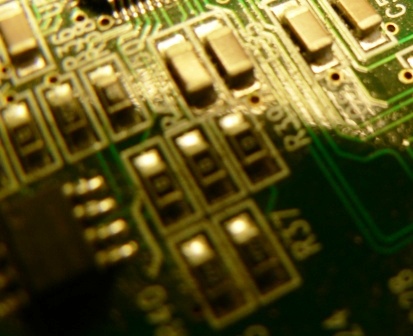the third layer of amoeba
 |
| beds |
The third layer of amoeba
conversation between paramecium and human
p: Tell me about amoeba.h: You know more than I could ever tell you.
p: You have microscopes.
h: Are you absolutely sure you want to know? You may learn something you were better off not knowing.
p: Like the affair you're having?
h: Like the amoeba's third layer, for instance.
p: Amoeba doesn't have a third layer. What are you talking about?
h: The age of an amoeba determines thickness in the third layer. Thickness governs diet.
p: Oh...
h: The young amoeba is one-layered and lives off bacteria.
p: Yes...?
h: I don't think we should continue.
p: Go ahead. I'm strong. (My cell wall is strong)
h: During the second phase -- paramecium is the principal diet.
p: Uh-huh... gulp.
h: An aging amoeba selects rotifers as its food of choice.
p: Poor rotifers. I once knew a rotifer named Jennifer.
h: Don't get all choked up. I see you eat baby amoeba.
p: They are delicious.
h: Amoeba is not always successful in killing paramecium. Sometimes paramecium is able to free itself without difficulty.
p: That's not my problem.
h: It is if the amoeba has a third layer.
p: I can defend myself using trichocysts.
h: From your ectoplasm?
p: By the way, amoeba is harmless compared to didinium.
h: What's up with that?
p: Didinium uses a peristome discharged as an elongated tubular proboscis.
h: Then what?
p: It attaches onto you. it sucks your body into its own.
h: That's absolutely not safe!
p: It's not. But we can fend off didinium using trichocysts to form a great tangled mass which pushes them free.
h: I would like to know what it feels like to be probed by an elongated tubular proboscis.
previous | next
3-11/14